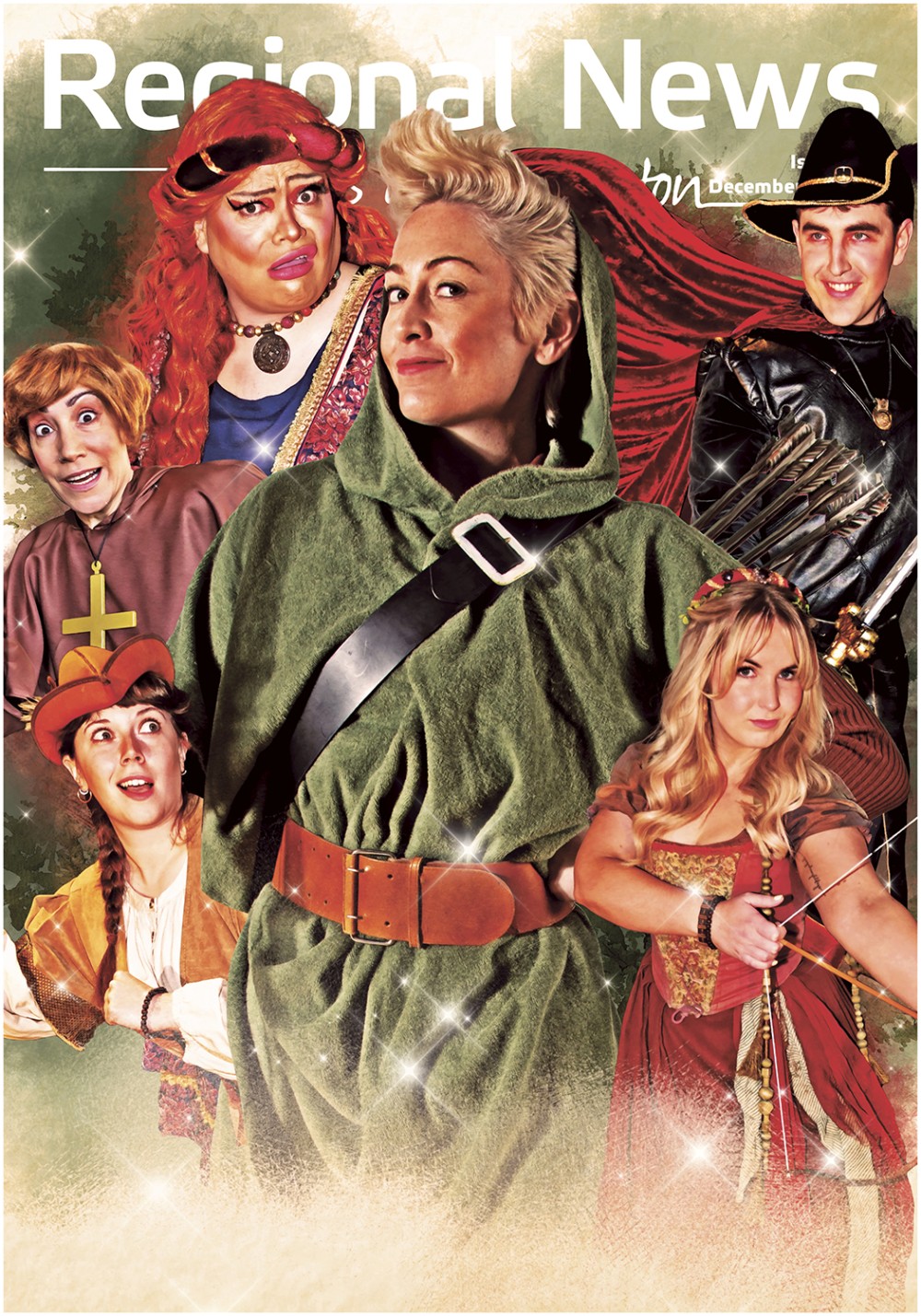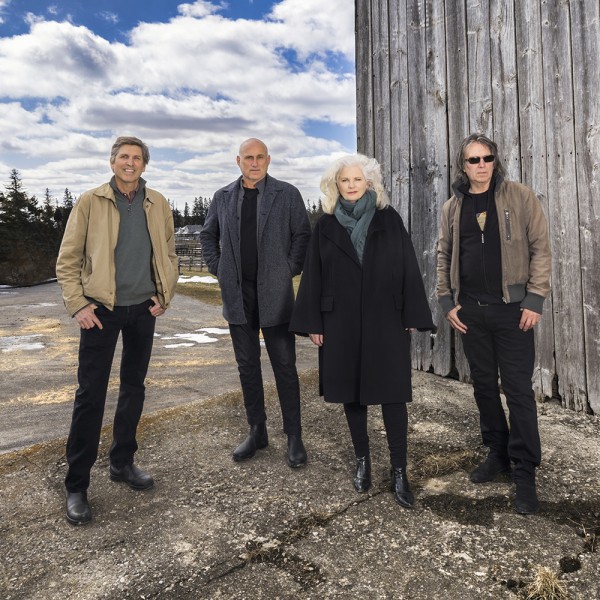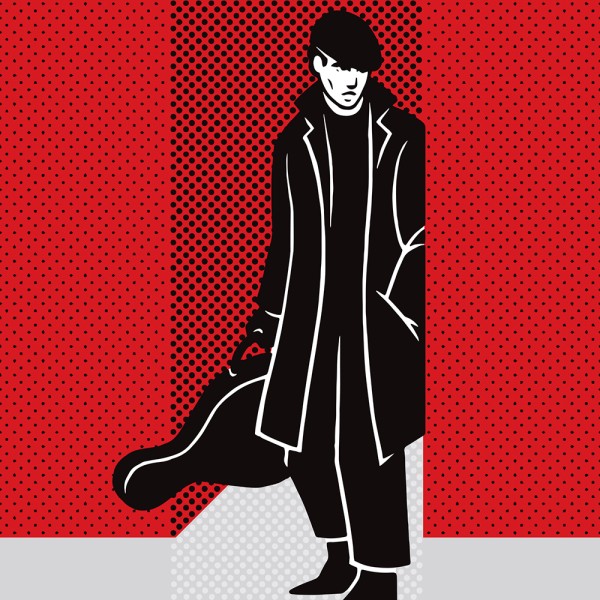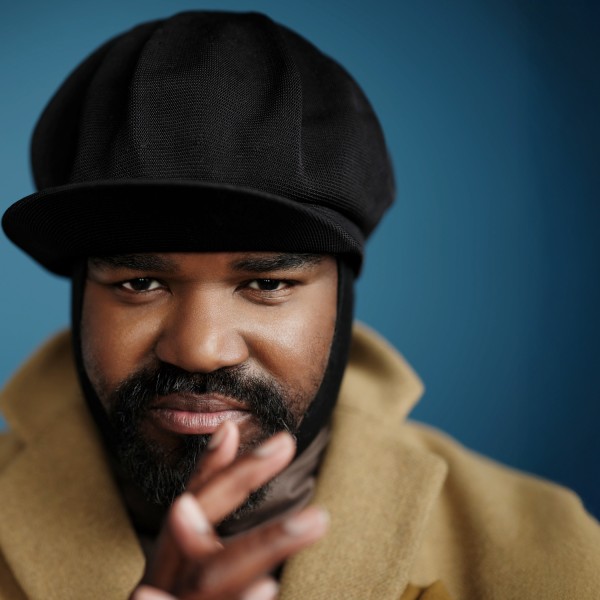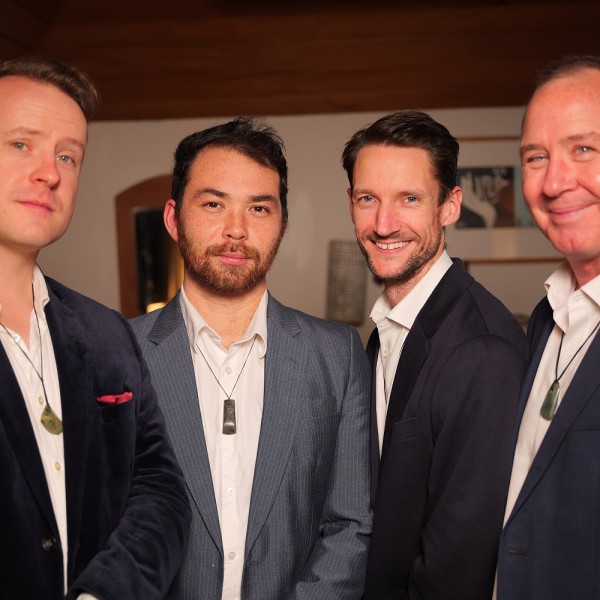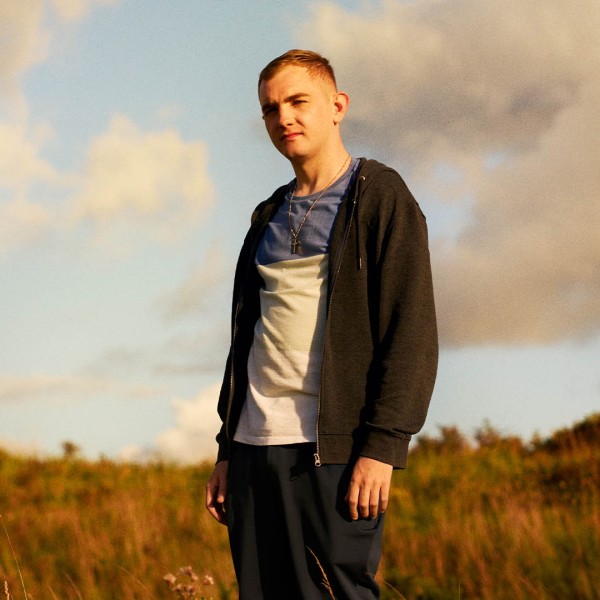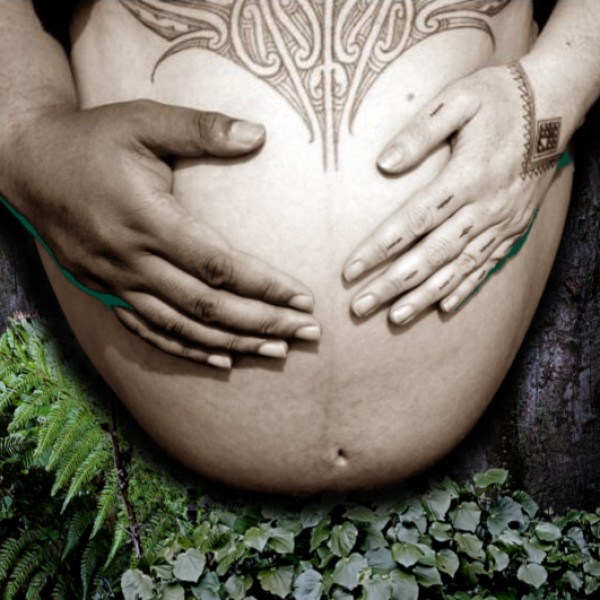
Out the Gate
Written by: Helen Pearse-Otene
Directed by: Jim Moriarty
Tea Gardens, Massey University, 12th Nov 2025
Reviewed by: Stanford Reynolds
Out the Gate is a powerful theatrical exploration of the cycles of violence and incarceration in Aotearoa, expressed in a performance that flows through scenes, song, and dance fluidly and authentically. Audience members are guided to the performance space by ushers, then to their seats by the cast themselves. This immediately sets the tone for Out the Gate, where care and aroha are palpable from the first moments, signalling that this is a work grounded in connection and collective experience.
Performed in the round, the piece unfolds as a true ensemble effort. The “promise” of what all tamariki deserve – love, a warm home, and good food – is expressed by the cast overlapping and interweaving their delivery of the script, establishing a rhythm of shared storytelling that continues throughout. Costumes (designed by Cara Louise Waretini) are simple but effective, each performer wearing a green accent which unifies them and allows them to seamlessly move between roles and scenes. Physicality extends the story beyond words as the cast move and react to what is happening on stage, an excellent utilisation of physical theatre at its most grounded: expressive and emotionally direct without indulgence.
Lighting design (Janis Chong Yan Cheng) and sound design (Reon Bell) are standout elements, creating a vivid sense of place. A flood of gentle daylight tones and a soundscape blending soft instrumentals and birdsong give way to sharply focused beams of light and precise sound cues, such as the beep of a pedestrian crossing, supporting but never distracting from the performance. Live guitar music by Rameka Tamaki underscores the play, the volume and emotional cadence always perfectly underpinning the story. The cast’s beautiful harmonies during transitional waiata are passionate, authentic, and expertly support the narrative arc of the show.
While some character moments, particularly those of the children, veer toward the overly sweet, these choices later reveal their purpose: a contrast between innocence and the unspoken weight of inherited trauma. The ending focuses on celebrating a teacher figure, which feels slightly misplaced as it diverts from the otherwise cohesive exploration of cycles of violence. However, it makes sense as a narrative purpose for the characters to gather and share their stories. The work’s core message is clearly expressed: violence begets violence, and healing begins in collective recognition.
Out the Gate is a transformative and deeply human work. Its invitation to kōrero and share kai afterward extends the experience from theatre into community. For audiences both familiar and unfamiliar with stories of intergenerational struggle, it offers something vital: hope, compassion, and a reminder of theatre’s power to heal.



